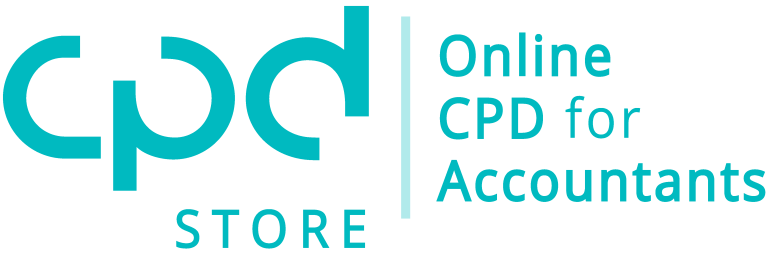The combination of rising living costs and increasing interest rates has only intensified the financial strain for individuals and businesses already struggling with debt. This issue is particularly problematic for those burdened by Revenue debt under the Debt Warehousing Scheme (DWS), with many businesses facing insurmountable liabilities. For sole traders, the situation is even more challenging, as they do not benefit from the protection of limited liability, leaving them personally responsible for business debts. This personal financial stress can significantly impact their ability to focus on sustaining or growing their business and financially supporting their family.
In such cases, Personal Insolvency can provide relief. By arranging a court-approved, sustainable repayment plan for a defined period, Personal Insolvency can allow individuals to manage their debts in a more structured manner. Once the repayment period ends, any remaining debt is typically written off, providing a fresh start and reducing the pressure of overwhelming financial obligations.
Given the current economic pressures, accountants need to be fully aware of the Personal Insolvency tools available to help their clients manage a range of debts, including mortgage debt, Revenue debt, personal debts (e.g., car loans, credit cards), and personal guarantees. This knowledge is especially important when Revenue debt makes up a significant portion of a client's liabilities, as Revenue can be proactive in taking enforcement actions. Accountants who are well-versed in the various Personal Insolvency options will be better equipped to guide their clients through challenging financial situations, providing much-needed support in navigating their debts and finding a path to financial stability.
Ken Gannon covers the following topics during this course:
- Personal insolvency – short introduction as to what it is.
- Types of arrangements
- The process
- How personal insolvency can help sole traders specifically.
- Case examples of sole trader Personal Insolvency arrangements
